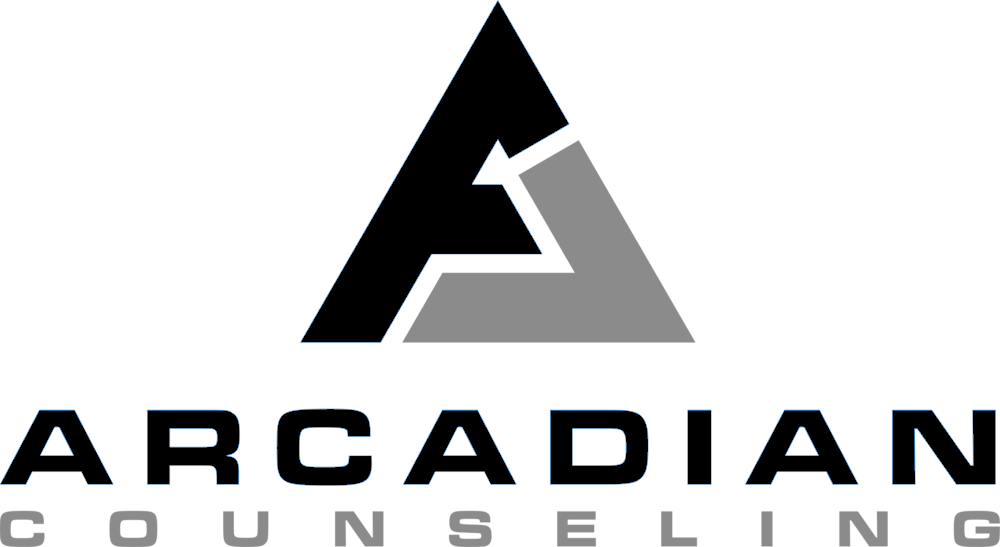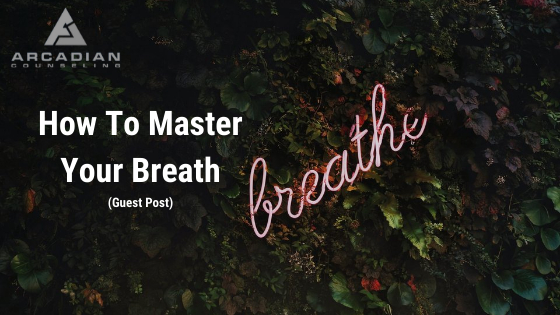During an intense workout, whether focusing on strength, cardio, or flexibility, the primary goal is usually to get through the exercise without letting your form drop. A shockingly low amount of people pay enough attention to their breathing, and their output suffers as a result.
Breathing is an unconscious act; therefore, we assume it requires no conscious control while we exercise. However, nothing is further from the truth. Just like the way we control how we breathe when we are anxious affects our state of mind, the way we breathe when exercising affects our performance.
The Temptation to Hold Your Breath
Training your muscles puts strain on your body and mind. During an intense workout, it may feel tempting or even natural to hold your breath while you strain to finish that set or hold that stretch. However, this drastically reduces the efficacy of your workouts and deprives your muscles of much-needed oxygen.
Your body is a complex biological machine made up of systems and subsystems. In turn, these systems are made of up regulatory mechanisms, all of which need oxygen. The more you move and strain, the more oxygen your body needs to facilitate strength, flexibility, brain function, and homeostasis (the healthy state that’s maintained by the constant adjustment of biochemical and physiological pathways in your body).
When you hold your breath or take shallow breaths during a workout, your blood-oxygen levels drop far more rapidly, and you lose stamina.
This is why professional athletes, trainers, yoga instructors, and physiotherapists place such an emphasis on breath-control. By giving your body access to all the oxygen it needs, your stamina will sustain for longer, you will be able to push yourself harder, and the results will speak for themselves.
How Should You Breathe During Exercise?
The diaphragm muscle, situated between your chest and abdomen, should be your best friend during your workouts. Short, shallow, chest-breaths are a surefire way to skyrocket your blood-pressure and deprive your body of oxygen. Long, slow, diaphragmatic breaths are the key to maximizing your potential.
Firstly, try to visualize breathing into your stomach instead of your chest. This engages the diaphragm muscle and gets as much air as is possible into your lungs. Breathe in slowly, honing your focus on controlling your breath, getting that inhale as deep as possible. This stimulates core-muscle group activation and prevents putting strain on other muscle groups. Then, exhale slowly, letting air out through your nose or mouth and collapsing your stomach. It’s all about getting oxygen to circulate from your lungs to your muscular system, preventing early fatigue.
If you often experience cramps or stitches during your workouts, diaphragmatic breathing could be the key to preventing this. There is little more frustrating than having to cut a workout short because of a painful spasm in your side. This happens when you use other abdominal muscles to breathe instead of the diaphragm.
How Do You Start Diaphragmatic Breathing?

As breathing is a largely automatic process, it can be challenging to implement a new breath technique while also trying to exercise. Therefore, it is best to practice this technique outside of the gym beforehand.
Lie on the ground with your back flat, your shoulders squared, one hand on your stomach, and one hand on your chest. Then, breathe in and out slowly, paying careful attention to which muscles activate throughout. Try to identify which of your hands rises more. It may be only the hand on your chest, or it may be both. If only the hand on your belly rises, then congratulations, you’ve got it!
Belly breathing is a surefire way to ensure that your breath is coming from your diaphragm and not elsewhere. Lay there for a couple of minutes practicing that motion and try to replicate it during your workouts. It may feel counterintuitive at first, but it is recognized as one of the healthiest breath techniques to use during exercise.
Differentiating Between Breathing for Strength, Cardio, and Flexibility
Breath control during strength training helps bring stability to your core muscles, which protects your spine and allows you to introduce heavier weights into your routine. Repetitions during weight training can be broken down into two components: lifting and lowering.
When lifting the weight, you should be exhaling. The intentional release of breath from your diaphragm activates your core and distributes the strain on your muscles for a more dynamic workout and minimizes the risk of strain injuries. Additionally, exhaling during a lift prevents your blood pressure from spiking.
In other words, the inverse relationship between in-breath, out-breath, lowering, and lifting creates a complementary process that keeps your blood pressure stable and your core muscles engaged. This will significantly improve your workout experience and allow you to lift heavier for longer.
During cardio training, like jogging, aerobics or cycling with a heavy load, it’s best to prioritize a consistent flow of in and out breath. Consistent doesn’t necessarily equate to slow, however. Slow breathing during cardio may result in a lack of oxygen, counteracting the benefits of breath control. Consistent, 2-3 second breath cycles will aid your blood vessels in dilating, which in turn gets more oxygen to your cardiovascular system.
For practices like yoga or simple stretching that focus on flexibility, deep, prolonged breathing is the best approach. Slow, deep breaths help release muscular tension and stabilize your core, improving overall stability and stretching your muscles safely. These kinds of exercises don’t require much movement and therefore don’t require as much oxygen. Core stability and flexibility are the end goals, so deep breathing is the most beneficial.
Go Easy on Yourself
It is always good to bear in mind that nobody gets it right the first time, nor do they get it right all the time. Even the most experienced practitioners need to bring their attention back to their breathing when they become distracted. The main goal is to start off being mindful of your breath and bring the focus back when you stray from regular breath cycles.
Remember, it will become more automatic the more you practice. Prioritizing your breath-work may feel like pulling focus away from your workout, but the end results will always be worth it. Your body will thank you for taking the time and effort to revolutionize your breathing.
As an editor, Ellen Klein covers topics such as financial management and risk management, as well as health-related topics. She’s a realist and believes that planning for life’s unknowns is best. When she’s not busy with volunteer social work, she can be found scribbling away at her keyboard.



